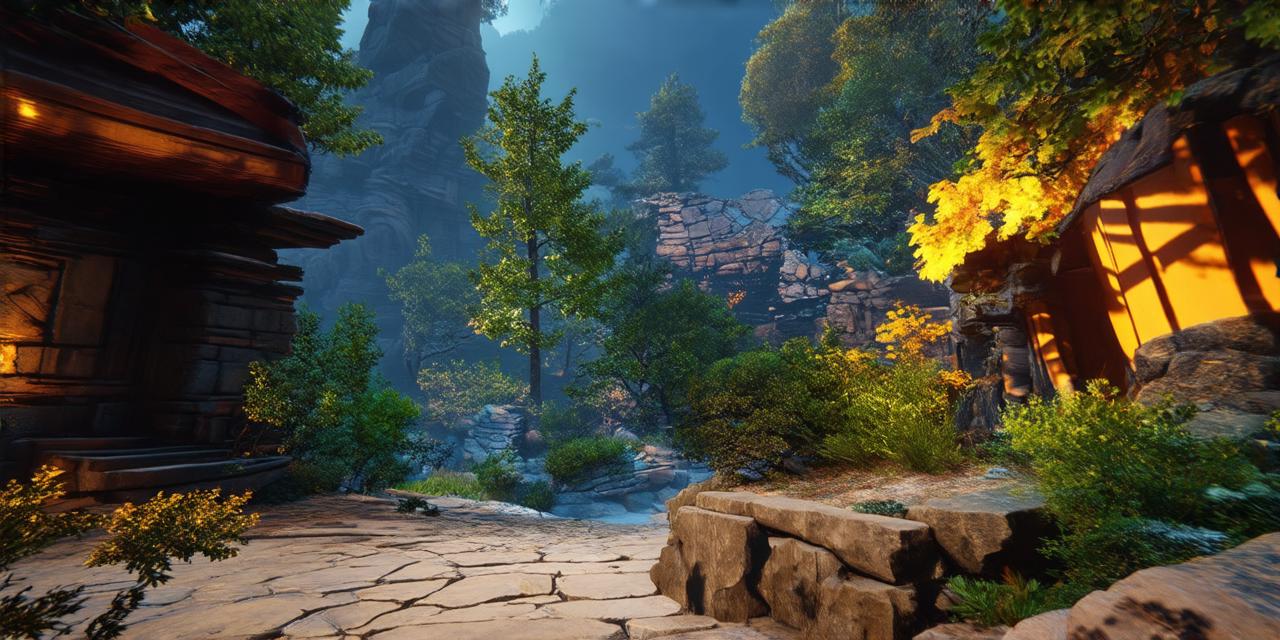If you are a game developer looking to create a 3D platformer game, Unreal Engine is an excellent choice for your needs. With its powerful graphics and physics capabilities, Unreal Engine can help you bring your game ideas to life in a way that is both visually stunning and immersive.
Getting Started with Unreal Engine
Before we dive into the specific capabilities of Unreal Engine, it’s important to understand how to set up and get started with the engine. To use Unreal Engine, you will need to download and install the software on your computer. Once you have installed the engine, you can create a new project and start designing your game.
Creating Levels in Unreal Engine
The first step in creating a 3D platformer game is designing the levels. In Unreal Engine, this can be done using the built-in level editor. The level editor allows you to place objects, create terrain, and add other elements to your game world. You can also use blueprints to create more complex game logic without writing any code.
3D Modeling and Animation in Unreal Engine
Another important aspect of 3D platformer development is creating characters and objects that will interact with the environment. Unreal Engine includes a powerful 3D modeling tool called Maya, which can be used to create detailed 3D models. You can also import models from other software into Unreal Engine for use in your game.
Once you have created your characters and objects, you can use Unreal Engine’s animation tools to make them move and interact with the environment. The engine includes a wide range of animation capabilities, including keyframe animation, motion capture, and physics-based animations.
Graphics and Lighting in Unreal Engine
One of the key strengths of Unreal Engine is its graphics and lighting capabilities. The engine uses a physically-based rendering system, which means that it simulates the behavior of light in a realistic way. This allows you to create stunning visual effects, such as reflections and shadows, that would be difficult or impossible to achieve with other engines.
In addition to its graphics capabilities, Unreal Engine also includes a powerful lighting system. You can use this system to create dynamic, interactive lighting environments that respond to player actions and other events in the game.
Physics in Unreal Engine
Finally, one of the most important features of Unreal Engine for 3D platformer development is its physics capabilities. The engine includes a robust physics simulation system that can be used to create realistic physics-based interactions between objects in the game world. This allows you to create games that feel more immersive and interactive than those created with other engines.
Best Practices for Unreal Engine 3D Platformer Development
When working with Unreal Engine, there are a few best practices that you should keep in mind to ensure that your game runs smoothly and looks great. First and foremost, it’s important to optimize your game for performance. This means using efficient textures, reducing the number of draw calls, and minimizing the amount of data that is transferred between the CPU and GPU.
